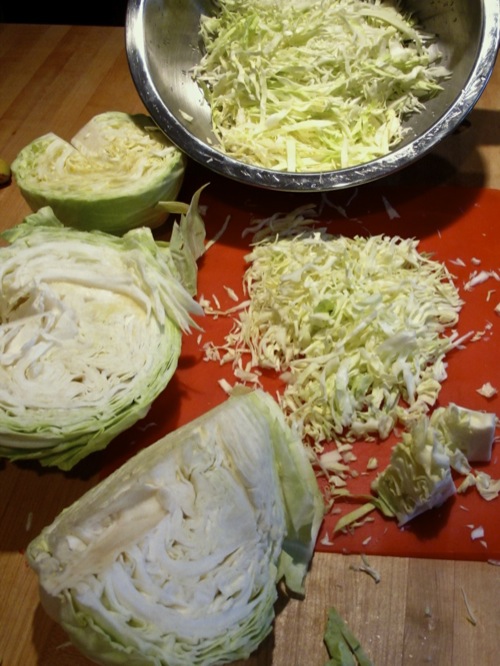Discovering Angolan Kissangua: The Fermented Corn Brew of 2025
Discovering Angolan Kissangua: The Fermented Corn Brew Redefining African Comfort Food in 2025
In the vibrant tapestry of African cuisine, certain dishes and beverages stand out not only for their unique flavors but also for their cultural significance. Among these, Kissangua, a traditional fermented corn brew from Angola, is steadily gaining recognition beyond its borders. As we move into 2025, Kissangua is poised to redefine what we consider African comfort food, offering a taste of heritage and a wealth of health benefits. This blog post delves into the history, preparation, cultural importance, and future prospects of this fascinating beverage.

A Taste of Tradition: The History of Kissangua
Kissangua's roots are deeply embedded in Angolan history. For generations, it has been a staple in many communities, particularly among the Ovambo people. More than just a drink, Kissangua is a symbol of hospitality, community, and tradition. Its preparation and consumption are often intertwined with social gatherings, ceremonies, and everyday life. The recipe and techniques have been passed down through families, preserving a vital part of Angola's cultural heritage.
The fermentation process itself is an ancient practice, utilized across various cultures to preserve food and enhance its nutritional value. In the case of Kissangua, the fermentation of corn not only creates a unique flavor profile but also increases the bioavailability of certain nutrients, making it a nourishing beverage.

The Art of Making Kissangua: A Step-by-Step Guide
Making Kissangua is a labor of love, requiring patience and attention to detail. While specific recipes may vary from family to family, the basic process involves the following steps:
- Preparation of the Corn: The process begins with soaking corn kernels in water for several days until they soften.
- Grinding: The softened corn is then ground into a coarse meal.
- Cooking: The cornmeal is cooked in water until it forms a thick porridge.
- Fermentation: The cooked porridge is left to cool and then mixed with a starter culture, often consisting of previously fermented Kissangua or other natural yeasts. This mixture is then left to ferment for several days, typically in a clay pot or other traditional container.
- Straining: After fermentation, the mixture is strained to remove any solids.
- Serving: The resulting liquid, Kissangua, is then ready to be served. It can be enjoyed as is or flavored with spices, fruits, or other ingredients.
The fermentation time and the specific ingredients used can influence the final flavor of the Kissangua, resulting in a range of variations from slightly sweet to tart and tangy.

Nutritional Benefits and Health Aspects
Beyond its cultural significance, Kissangua offers several potential health benefits. The fermentation process enhances the nutritional value of the corn, increasing the levels of certain vitamins and minerals. It also produces probiotics, beneficial bacteria that can support gut health and boost the immune system. While scientific research on Kissangua specifically is limited, studies on fermented foods, in general, suggest a range of potential health advantages.
Here's a table summarizing potential nutritional benefits:
| Nutrient | Potential Benefit |
|---|---|
| Probiotics | Improved gut health, enhanced immune function |
| B Vitamins | Energy production, nerve function |
| Minerals (e.g., iron, zinc) | Various bodily functions, including oxygen transport and immune support |
It's important to note that the nutritional content can vary depending on the specific ingredients and fermentation process used. As with any food or beverage, moderation is key.

Kissangua in Modern Angola: A Cultural Renaissance
In contemporary Angola, Kissangua is experiencing a cultural renaissance. While it remains a beloved traditional beverage, it is also finding its way into modern restaurants and bars, often with innovative twists and presentations. Young Angolans are increasingly embracing their cultural heritage, and Kissangua is playing a significant role in this movement.
Furthermore, there's growing interest in promoting Kissangua as a sustainable and locally sourced product. Supporting local farmers and preserving traditional knowledge are key priorities for many Angolan entrepreneurs and cultural organizations.

Kissangua Beyond Borders: The Global Appeal
As the world becomes increasingly interconnected, traditional foods and beverages from around the globe are finding new audiences. Kissangua is no exception. Its unique flavor profile, coupled with its rich cultural history and potential health benefits, is attracting attention from food enthusiasts and health-conscious consumers worldwide.
The rise of social media and food blogging has also played a role in popularizing Kissangua. Images and stories of this fascinating beverage are being shared across platforms, sparking curiosity and inspiring people to learn more. As of 2025, several companies are exploring the possibility of exporting Kissangua or developing Kissangua-inspired products for international markets.

The Future of Kissangua: Innovation and Sustainability
Looking ahead, the future of Kissangua appears bright. Innovation is likely to play a key role in its continued growth and popularity. This could involve experimenting with new flavors, developing convenient ready-to-drink versions, or exploring its potential use in other food products.
Sustainability will also be a crucial factor. Ensuring that Kissangua production is environmentally friendly and supports local communities will be essential for its long-term success. This includes promoting sustainable farming practices, reducing waste, and empowering women and other marginalized groups involved in the production process.
Ultimately, Kissangua's journey from a traditional Angolan beverage to a globally recognized comfort food is a testament to the power of culture, tradition, and innovation. As we move further into the 21st century, it is poised to continue captivating palates and enriching lives around the world.

So, raise a glass of Kissangua to the future of African comfort food and the delicious discoveries it holds!
-Hot Water
Comments
Post a Comment